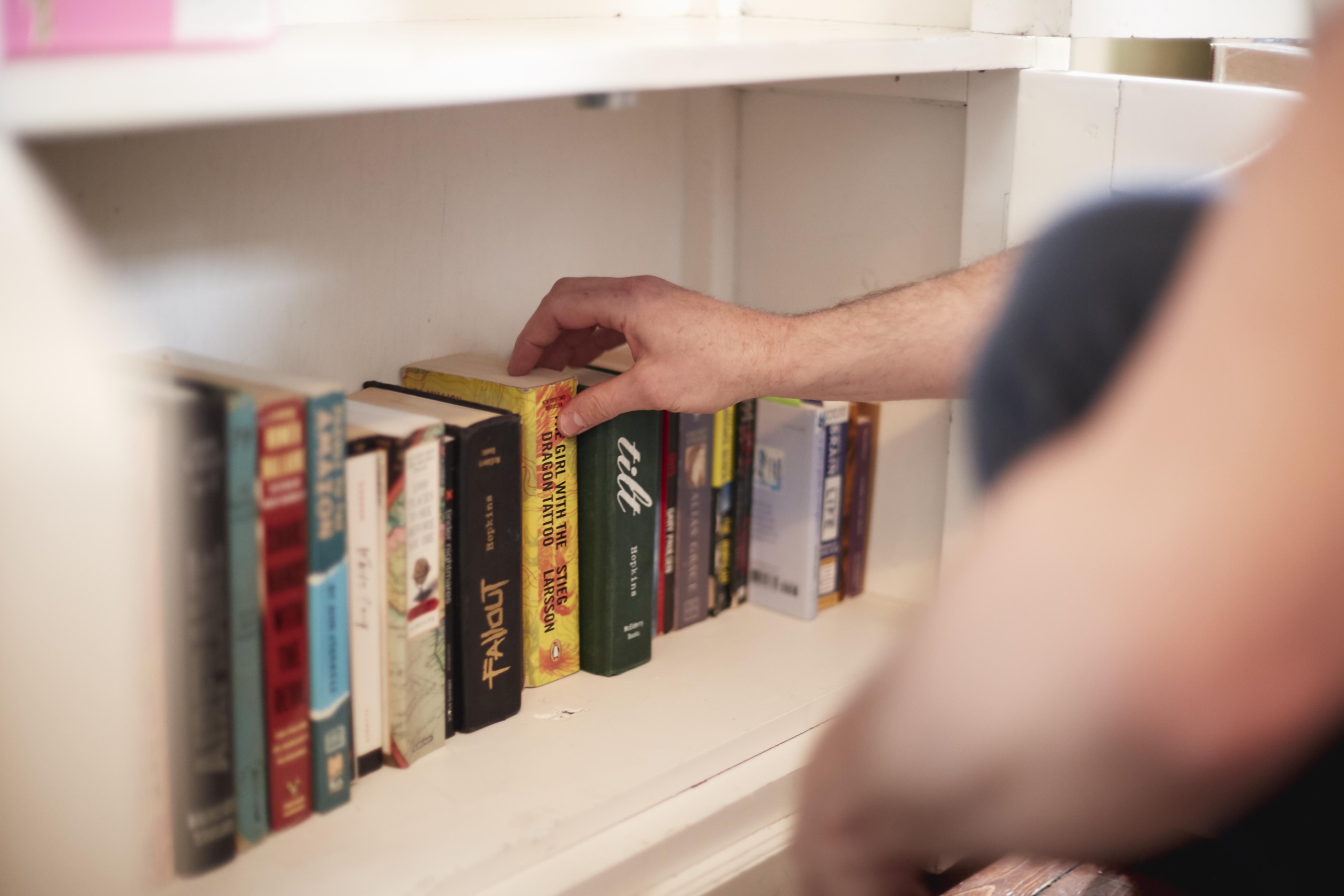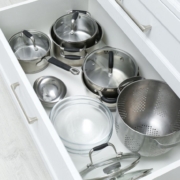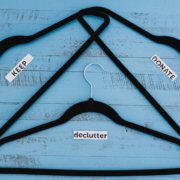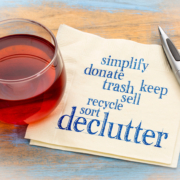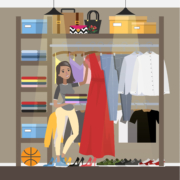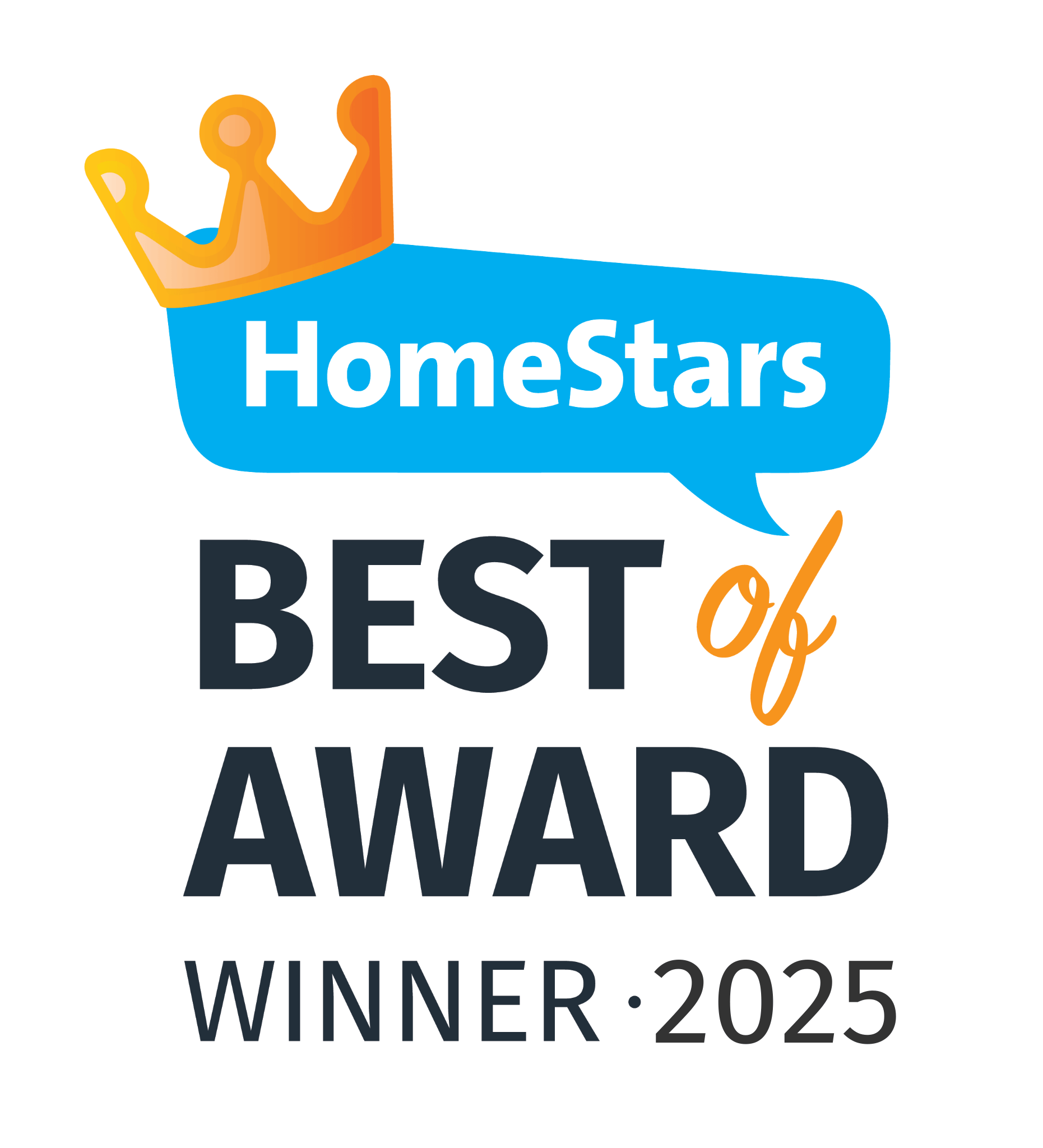As the world “opens up” and we consider our post-pandemic lives, there are several opportunities to reassess the organization of our homes and create a more organized living space.
Whether you live solo or with others, in a large house or small condo, in a city or in the country, the effect of COVID-19 on our lives at home has been significant.
Our homes, so much more than just living spaces, have now become fulltime offices, online schools, entertainment centres, and more.
For some, a true reckoning has taken place, with major organizing, decluttering and simplifying taking place, not to mention downsizing, moving, and relocating.
For others, uncertainty and the pressures of the pandemic have not allowed sufficient time, space, or energy to declutter and organize. Much to the surprise and disappointment of many, “all this time” at home has not led to a more organized or streamlined home.
Whatever your situation, here are three areas in your home to organize post-pandemic in order to improve how your home functions and feels.
1. Create organized spaces you love to hang out in
If there was one thing we learned by remaining at home so much, it’s that carving out “hangout space” you enjoy is key. Everyone needs a comfy spot to nap, watch Netflix and read!
If you haven’t already, be intentional with how you organize and decorate the spaces you generally hang out in so that they reflect you, your lifestyle, and your interests.
Clear out any items that you no longer need, use, or love, and make room – physically and mentally – for what matters most in this post-quarantine phase.
Although restrictions are being lifted, I think we can all agree that spending more time at home is here to stay. By choosing what items to keep and what items to let go of, we’re making an investment not only in our enjoyment of our space, but in our health. Clearing clutter helps us connect more, increase productive, and rejuvenate.
So, let go of the clutter (I’m looking at you old DVD’s!), put away things you don’t use daily, choose décor that makes you happy, and enjoy your space.
2. Create a well-organized and joyful kitchen
Have you been spending a lot of time thinking about, shopping for, and cooking food, during Covid?
The pandemic has disrupted how most of our kitchens function in a significant way. Whether it was baking sourdough bread, experimenting with new cuisine, or making fancy lunches, the kitchen became a place to bring us together to be nourished and comforted.
Moving forward, it’s good to ask what worked well, and not so well, in the kitchen during the pandemic. It might also be good to ask if the amount of snack food we have is really what we need moving forward!
To start, ask yourself if there are any items (food, small appliance, dishes, supplies) that you no longer need?
Is your kitchen set up to meet your goals? Whether your goal is having easier access to items, preparing healthier meals, shortening preparation times, or creating more culinary masterpieces, your kitchen set up and usage should meet your goals.
This transition is a great time to tackle the pantry and decide what kinds of foods you want to keep and enjoy, and which ones are either undesirable, expired, or unhealthy. Best to dig into the very back of your cupboards, shelves, drawers and pantry, and pull it all out, as you may have stocked up more than usual during this time.
Once you know what you want to keep, sort it into like categories – all spices together, canned goods, oils and vinegars, baking supplies, cereals and so forth. Use baskets, jars, bins, crates, and containers to optimize the space. Label for even easier clarity.
And when you need a break from kitchen organizing, it’s nice to know that eating out in a restaurant is an option too!
3.Curate a closet of clothes that you love
Have you been wondering if you’ll ever wear anything other than yoga pants and comfy clothes again? The big question may be, “Are jeans considered dress-up”?
Moving forward it’s helpful to think about what you really want, and will, wear. Why clutter your closet with items that don’t fit or feel good?
To declutter your closet properly, a full purge may be the best thing. This means taking out all your clothing (and accessories!), trying them all on (unless you just know they need to go!), and then asking yourself if you feel good in them at this point in time. The key is to imagine you in the clothes and accessories in this moment, not in the past or future.
If the answer is no, consider donating them. If it’s a maybe, put aside in a box and plan to make a decision on a certain date. Do not put the “unsure” items back in your closet – make your decision first! For the keepers, fold and organize the items you want to keep by activity, style or colour. Box away seasonal items like coats and scarves to give your current clothes more room in your closet.
When you have a closet full of items that make you feel good, your way in the world shifts, your confidence goes up, and your stress level goes down – a combination worth striving for.
As we transition into our post quarantine world, it’s time to rethink what we really need to make our homes function well and feel great. Start by decluttering and organizing your common areas, kitchen and closet so that you can enter this next phase with more ease and simplicity and less stress…
Covid has given us enough of that! Make space to enjoy life and let us know if you need organizing, decluttering, or downsizing support – we are here to help! Call 416-819-1576 or contact us HERE

